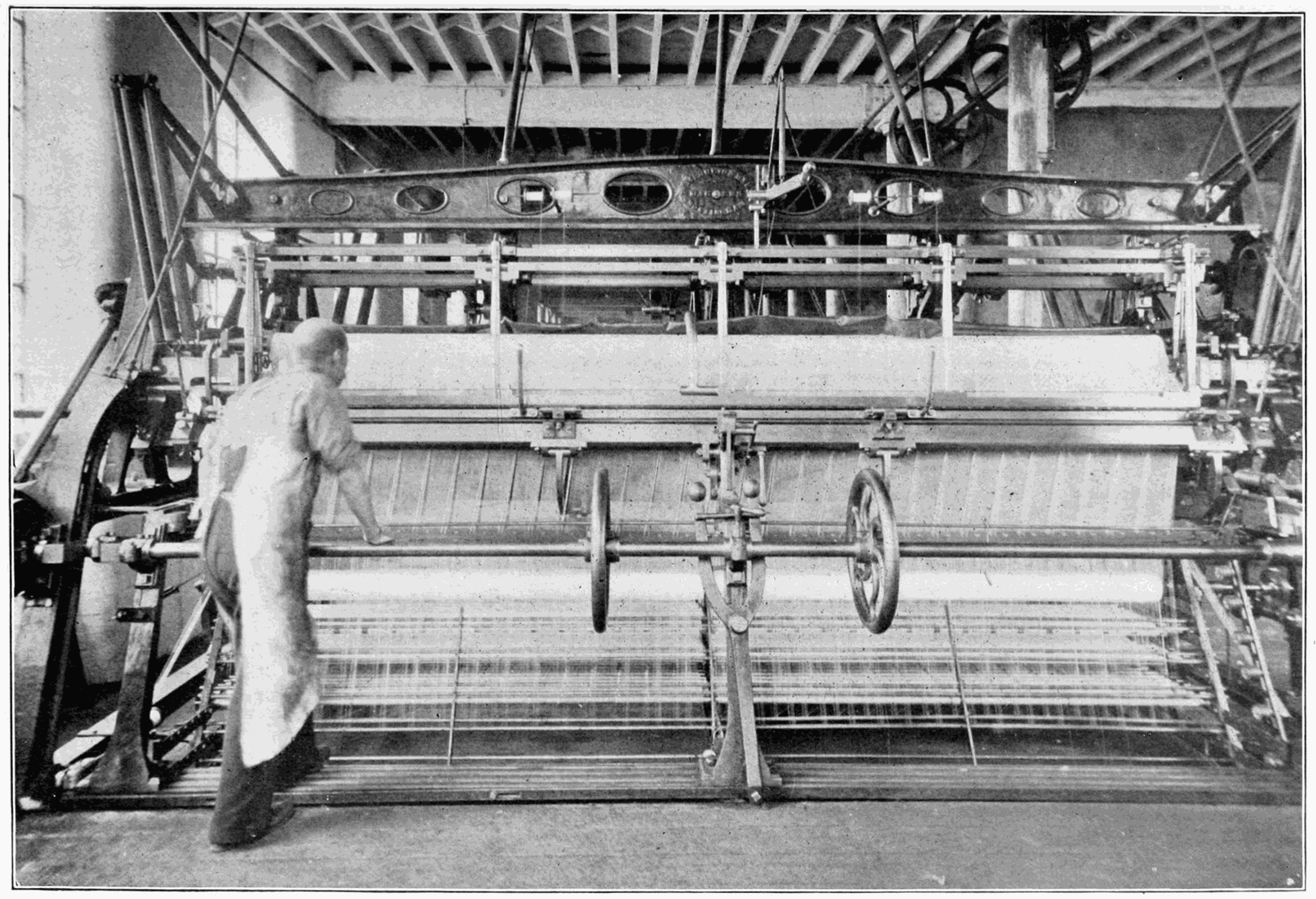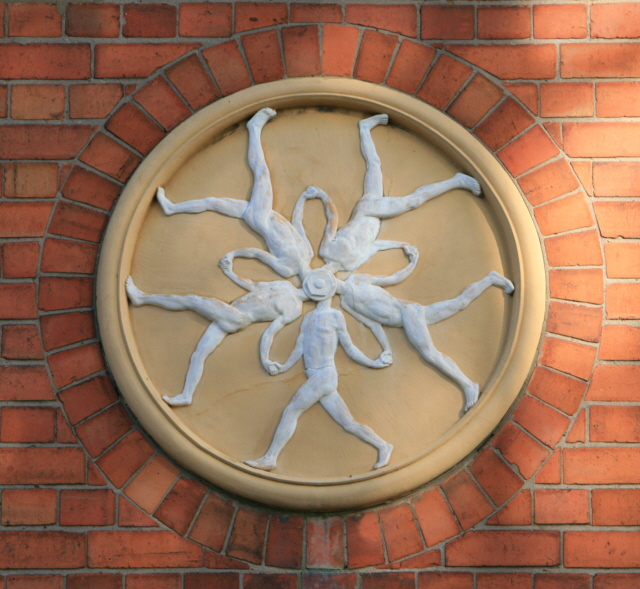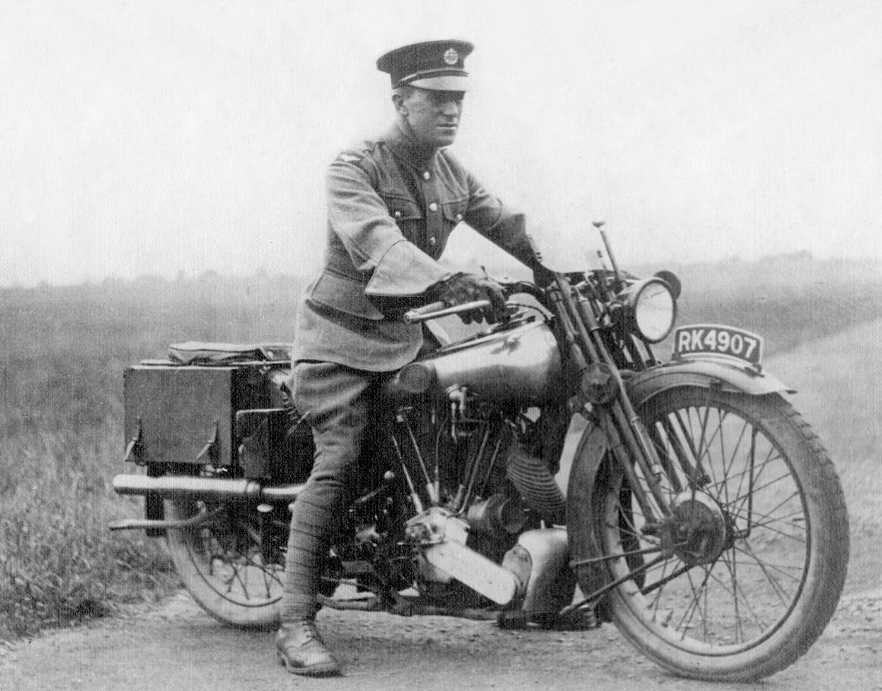|
Nottingham Industrial Museum
The Nottingham Industrial Museum is a volunteer-run museum situated in part of the 17th-century stables block of Wollaton Hall, located in a suburb of the city of Nottingham. The museum won the ''Nottinghamshire Heritage Site of the Year Award 2012'', a local accolade issued by Experience Nottinghamshire. The Museum collection closed in 2009 after Nottingham City Council withdrew funding, but has since reopened at weekends and bank holidays, helped by a £91,000 government grant, and run by volunteers. The museum contains a display of local textiles machinery, transport, telecommunications, mining and engineering technology. There is a display of cycles, motorcycles, and motor cars. There are examples of significant lace-making machinery. It also houses an operational beam engine, from the Basford, Nottingham pumping station. Context Nottingham, ''Tiggua Cobaucc'' ─ Place of Caves, ''Snotengaham'' ─ "the homestead of Snot's people" was settled by the Vikings in 867 and by t ... [...More Info...] [...Related Items...] OR: [Wikipedia] [Google] [Baidu] |
NIM Basford Beam Engine 2527
Nim is a mathematical two player game. Nim or NIM may also refer to: * Nim (programming language) * Nim Chimpsky, a signing chimpanzee Acronyms * Network Installation Manager, an IBM framework * Nuclear Instrumentation Module * Negative index metamaterial, a metamaterial which can direct and regulate wave propagation due to its negative refractive index * Net interest margin, a measure of banking performance * Nigerian Institute of Management, a professional association * ''Nuclear Instruments and Methods in Physics Research'', a scientific journal * Diori Hamani International Airport (IATA code), Niamey, Niger See also * Nym (other) * NIMH (other) NIMH may refer to: *Nickel–metal hydride battery (NiMH), a type of electrical battery *National Institute of Mental Health, an agency of the United States government *National Institute of Medical Herbalists, a professional organisation in the Un ... * NIMS (other) {{disambiguation ... [...More Info...] [...Related Items...] OR: [Wikipedia] [Google] [Baidu] |
Leavers Machine
The Leavers machine is a lacemaking machine that John Levers adapted from Heathcoat's Old Loughborough machine. It was made in Nottingham in 1813. The name of the machine was the Leavers machine (the 'a' was added to aid pronunciation in France). The original machine made net but it was discovered that the Jacquard apparatus could be adapted to it. From 1841 lace complete with pattern, net and outline could be made on the Leavers machine. History Most lace machines stem from the weft-knitting Stocking frame. The Leavers machine is a derivative of Heathcoat's 1809 Old Loughborough. The Leavers machine was invented by John Levers,(sic) a framesmith and setter-up of Sutton-in-Ashfield. Sources give the date as either 1813 or 1814, and the location as Derby Road, Nottingham. Patent applications up until 1930, spelled the name without an 'a', but about 1906, foreign sources had started to insert an 'a'. The Lace working party of 1946 standardised the name with an 'a' and the trade ... [...More Info...] [...Related Items...] OR: [Wikipedia] [Google] [Baidu] |
James Thompson Marshall
James Thompson Marshall (1854, Glanford Brigg, Lincolnshire - 1931, Knaresborough, Yorkshire) was an English railway and mechanical engineer known for inventing the 'Marshall valve gear' for steam locomotive use. James Marshall began his engineering career at the Leeds-based Steam Plough Company, and later moved to the city's Boyne Engine Works. Marshall valve gear J. T. Marshall invented and patented several different valve gears but these should not be confused with the "Marshall valve gear" patented by Marshall, Sons & Co. in 1879. At least one of J. T. Marshall's valve gears was a rotary type and the only known application was to the Austrian BBÖ Class 114 locomotive. The better-known J. T. Marshall gear was a modified Walschaerts valve gear which was first applied to a Great Northern Railway mineral locomotive, no. 743, in 1901 and received a glowing report. Next, it was tried on GNR Class C2 No. 1520 in March 1903. There was no external change visible on the locomoti ... [...More Info...] [...Related Items...] OR: [Wikipedia] [Google] [Baidu] |
John Fowler & Co
John Fowler & Co Engineers of Leathley Road, Hunslet, Leeds, West Yorkshire, England produced traction engines and ploughing implements and equipment, as well as railway equipment. Fowler also produced the Track Marshall tractor which was a tracked version of the Field Marshall. British Railways Engineering Department locomotives ED1 to ED7 were built by Fowler History John Fowler was an agricultural engineer and inventor who was born in Wiltshire in 1826. He worked on the mechanisation of agriculture and was based in Leeds. He is credited with the invention of steam-driven ploughing engines. He died 4 December 1864, following a hunting accident. After his death, John Fowler & Co., was then continued by Robert Fowler and Robert Eddison. In 1886 the limited company of John Fowler & Co., (Leeds) Ltd., was formed. It merged with Marshall, Sons & Co., Ltd., of Gainsborough in 1947 to form Marshall-Fowler Ltd. Although not well known for them, Fowler also built a sma ... [...More Info...] [...Related Items...] OR: [Wikipedia] [Google] [Baidu] |
Pumping Station
Pumping stations, also called pumphouses in situations such as well drilling, drilled wells and drinking water, are facilities containing pumps and equipment for pumping fluids from one place to another. They are used for a variety of infrastructure systems, such as the supply of water to canals, the drainage of low-lying land, and the removal of sewage to processing sites. A pumping station is an integral part of a pumped-storage hydroelectricity installation. Canal water supply In countries with canal systems, pumping stations are also frequent. Because of the way the system of canal locks work, water is lost from the upper part of a canal each time a vessel passes through. Also, most lock gates are not watertight, so some water leaks from the higher levels of the canal to those lower down. Obviously, the water has to be replaced or eventually the upper levels of the canal would not hold enough water to be navigable. Canals are usually fed by diverting water from streams and ... [...More Info...] [...Related Items...] OR: [Wikipedia] [Google] [Baidu] |
Field Marshall
Field-Marshall was a brand of farm tractor which was manufactured by Marshall, Sons & Co. of Gainsborough, Lincolnshire in the United Kingdom. Field-Marshalls were in production from 1945 to 1957. However, the first single-cylinder Marshall came into production in 1930. Earlier Marshall tractor line The first single-cylinder Marshall tractor to be introduced was the Marshall 15/30 in 1930. It had a bore with a stroke (= 8.237 litres) and the maximum speed was 550 r.p.m., or 9.1666 revolutions per second. In 1932 the 15/30 was upgraded to become the Marshall 18/30. This model featured the same bore and stroke dimensions but the maximum r.p.m. was increased and the tractor's transmission was heavily modified. The next single-cylinder Marshall to be introduced was the Marshall 12/20 in 1935. This tractor was of a completely new design, with a -inch bore and a stroke (= 4.17 litres). There were many smaller modifications such as a redesigned injection pump and cylinder head. ... [...More Info...] [...Related Items...] OR: [Wikipedia] [Google] [Baidu] |
Fordson Tractor
Fordson was a brand name of tractors and trucks. It was used on a range of mass-produced general-purpose tractors manufactured by Henry Ford & Son Inc from 1917 to 1920, by Ford Motor Company (U.S.) and Ford Motor Company Ltd (U.K.) from 1920 to 1928, and by Ford Motor Company Ltd (U.K.) from 1929 to 1964. The latter (Ford of Britain) also later built trucks and vans under the Fordson brand. After 1964, the Fordson name was dropped and all Ford tractors were simply badged as Fords in both the UK and the US. Production years Between 1917 and 1922, the Fordson was for tractors somewhat like the Ford Model T was for automobiles—it captured the public's imagination and widely popularized the machine, with a reliable design, a low price affordable for workers and farmers, a widespread dealership network, and a production capacity for large numbers. Just as the Model T helped the public to appreciate how soon cars and trucks might replace most horses in transport, the Fordson helpe ... [...More Info...] [...Related Items...] OR: [Wikipedia] [Google] [Baidu] |
Celer 1904
Celer may refer to: People * Celer (builder), foreman appointed by Romulus to oversee the building of Rome's first walls. * Quintus Caecilius Metellus Celer, consul of the Roman Republic, 60 BC * Publius Egnatius Celer, first century Stoic philosopher * Celer (magister officiorum), 6th century Byzantine minister * Saint Gelert, 7th century Welsh saint Biology * '' Misumenops celer'', the celer crab spider * '' Thermococcus celer'', a species of extremely thermophilic Archaea * Laosaurus (''Laosaurus celer''), a genus of hypsilophodont dinosaur * Microvenator (''Microvenator celer''), a genus of dinosaur from the Early Cretaceous Cloverly Formation * '' Trichoniscus pusillus'' (''Philougria celer''), one of the five most common species of woodlouse in the British Isles Other * Celer (group), is an experimental music group based in Tokyo, Japan * Chery Celer, a subcompact car See also * Cellar (other) * Celeres, a personal armed guard maintained by Romulus * Celerity (di ... [...More Info...] [...Related Items...] OR: [Wikipedia] [Google] [Baidu] |
Thomas Humber
Thomas Humber (16 October 1841 – 24 November 1910) was a British engineer and cycle manufacturer who developed and patented a safety bicycle (1884) with a diamond-shaped frame and wheels of similar size. It became a pattern for subsequent machines. Humber made many other improvements to bicycles. About 1868 he founded Humber Cycles, the bicycle manufacturing business at Beeston, Nottinghamshire later owned by Humber & Co Limited. Humber improved cycle technology through the independence of his thinking and his practical ability. The reliability of his products arose from his high standards and emphasis on quality. It all led to Humber becoming regarded as the aristocrat among bicycles. Early life Thomas Humber was born on Andrew Street, Brightside, Sheffield on 16 October 1841 the son of Samuel Humber, a tailor, and his wife Lucy ().Paul Freund, 'Humber, Thomas (1841–1910)', ''Oxford Dictionary of National Biography'', Oxford University Press, May 2012 His parents moved ... [...More Info...] [...Related Items...] OR: [Wikipedia] [Google] [Baidu] |
TE Lawrence
Thomas Edward Lawrence (16 August 1888 – 19 May 1935) was a British Archaeology, archaeologist, army officer, diplomat, and writer who became renowned for his role in the Arab Revolt (1916–1918) and the Sinai and Palestine Campaign (1915–1918) against the Ottoman Empire during the First World War. The breadth and variety of his activities and associations, and his ability to describe them vividly in writing, earned him international fame as Lawrence of Arabia, a title used for Lawrence of Arabia (film), the 1962 film based on his wartime activities. He was born Legitimacy (family law), out of wedlock in August 1888 to Sarah Junner (1861–1959), a governess, and Sir Thomas Chapman, 7th Baronet (1846–1919), an Anglo-Irish nobleman. Chapman left his wife and family in Ireland to cohabit with Junner. Chapman and Junner called themselves Mr and Mrs Lawrence, using the surname of Sarah's likely father; her mother had been employed as a servant for a Lawrence family wh ... [...More Info...] [...Related Items...] OR: [Wikipedia] [Google] [Baidu] |
George Brough
George Brough ( ) (21 April 1890 – 12 January 1970), was a motorcycle racer, world record holding motorcycle and automobile manufacturer, and showman. He was known for his powerful and expensive Brough Superior motorcycles which were the first superbikes. George died in 1970 but his legacy lives on in the many Brough Superior motorcycles maintained by enthusiasts to this day. Early life George was the second son of motorcycle pioneer William Edward Brough and was born at 10 Mandalay Street, Basford, Nottingham on 21 April 1890. William Brough had been building motorcycles at his factory in Nottingham since the 1890s so it was expected that George and his brother would join in the family business. Business George wanted to develop his father's business and make high-performance motorcycles. His father was not convinced, however, so George set up his own factory nearby in 1919 at Haydn Road in Nottingham to produce what he called the Brough Superior range of motorcycles an ... [...More Info...] [...Related Items...] OR: [Wikipedia] [Google] [Baidu] |
Brough Superior
Brough Superior ( ) motorcycles, sidecars, and automobile, motor cars were made by George Brough in his Brough Superior works on Haydn Road in Nottingham, England, from 1919 to 1940. The motorcycles were dubbed the "Rolls-Royce car, Rolls-Royce of Motorcycles" by H. D. Teague of ''The Motor Cycle'' newspaper. Approximately 3048 motorcycles (19 models) were made in the 21 years of production; around a third of that production still exists. T. E. Lawrence ("Lawrence of Arabia (film), Lawrence of Arabia") owned eight of these motorcycles and died from injuries sustained when he crashed number seven; the eighth was on order. Moving forward to 2008, vintage motorcycle enthusiast Mark Upham acquired the rights to the Brough Superior name. In 2013 he met motorcycle designer Thierry Henriette and asked him to design a new Brough Superior motorcycle. Three months later a prototype of a new SS100 was shown in Milan. History George Brough was a racer, designer, and showman - his fat ... [...More Info...] [...Related Items...] OR: [Wikipedia] [Google] [Baidu] |









